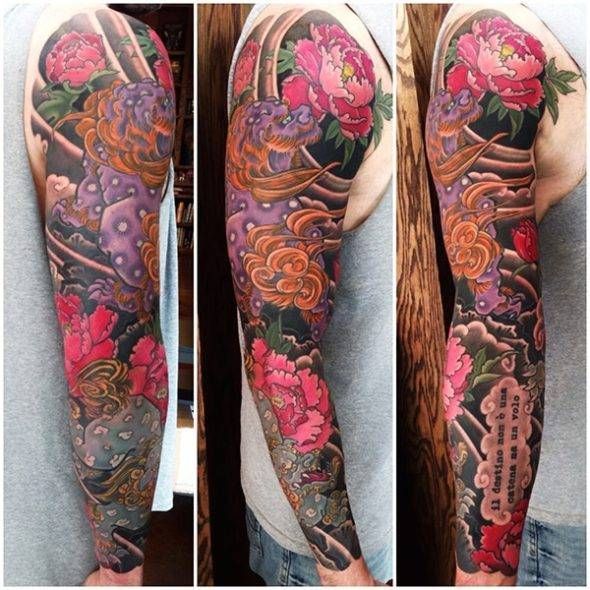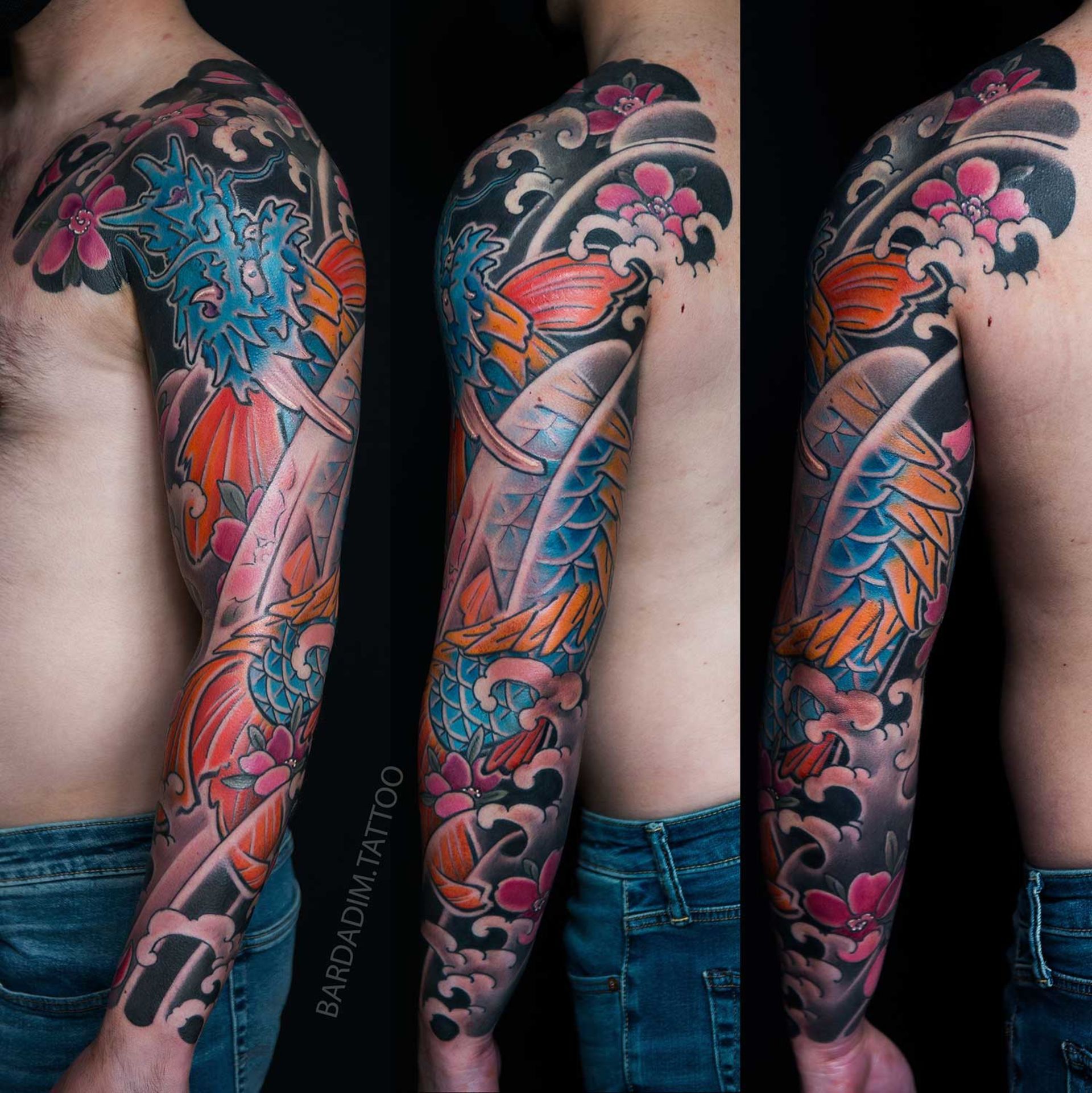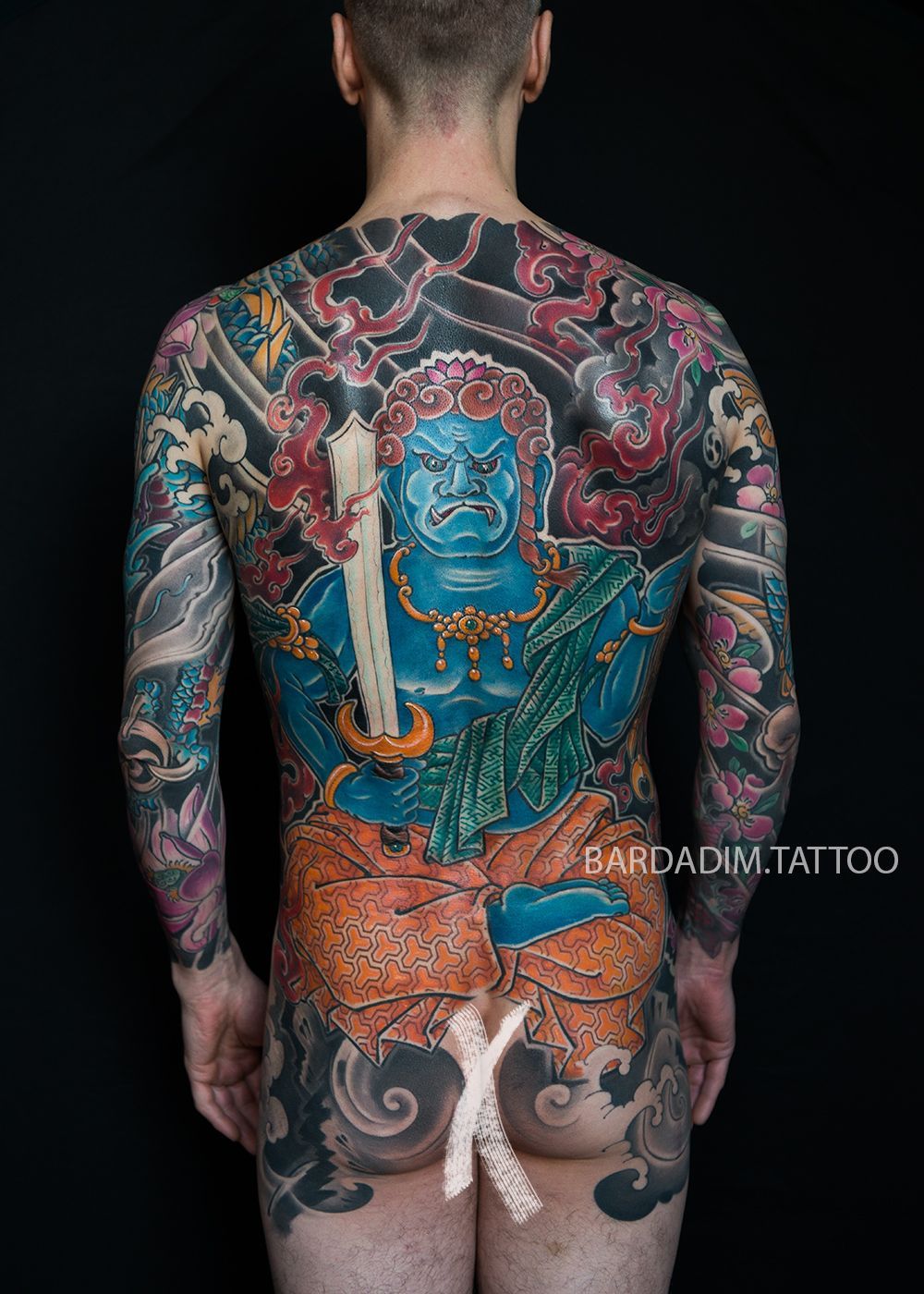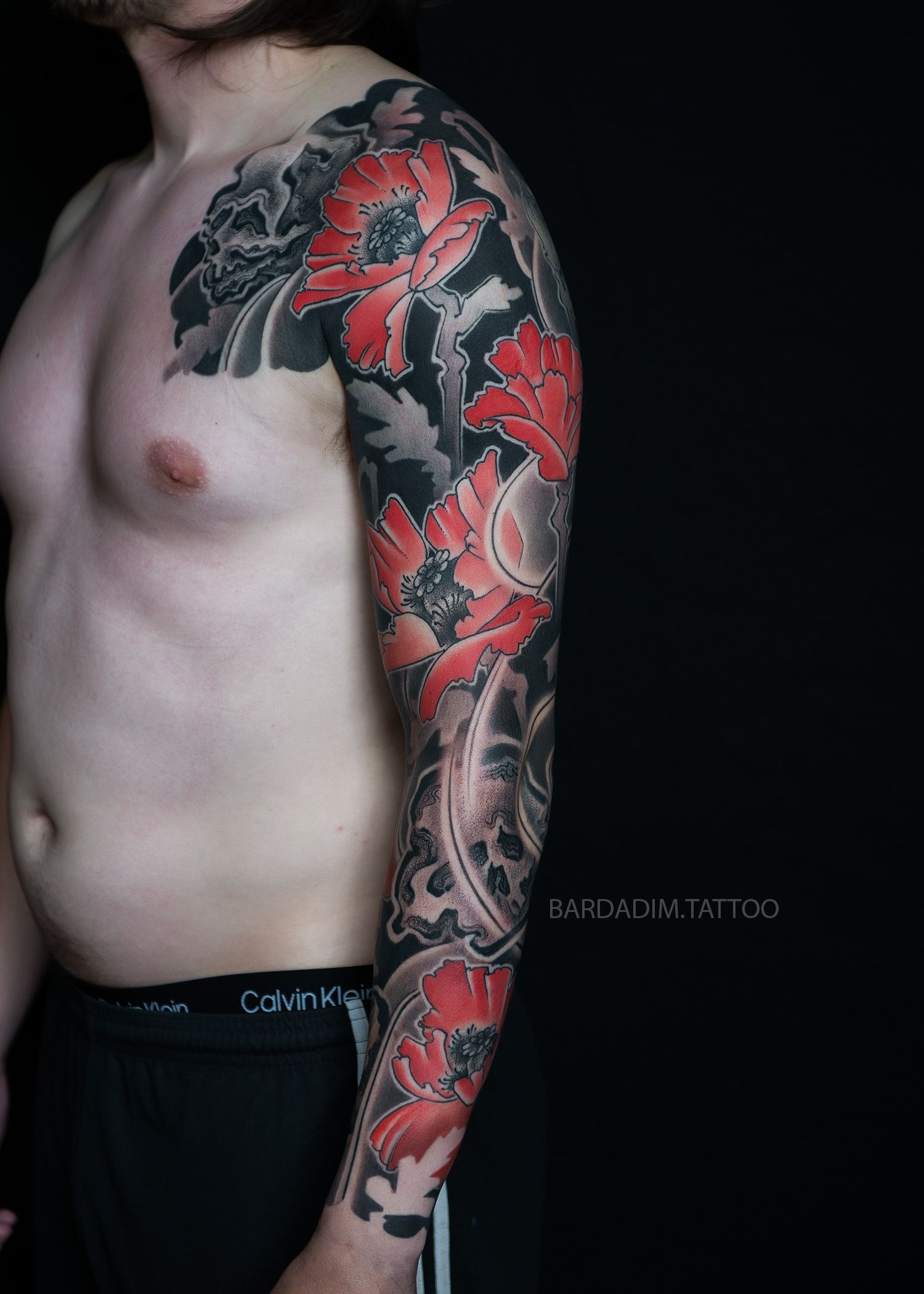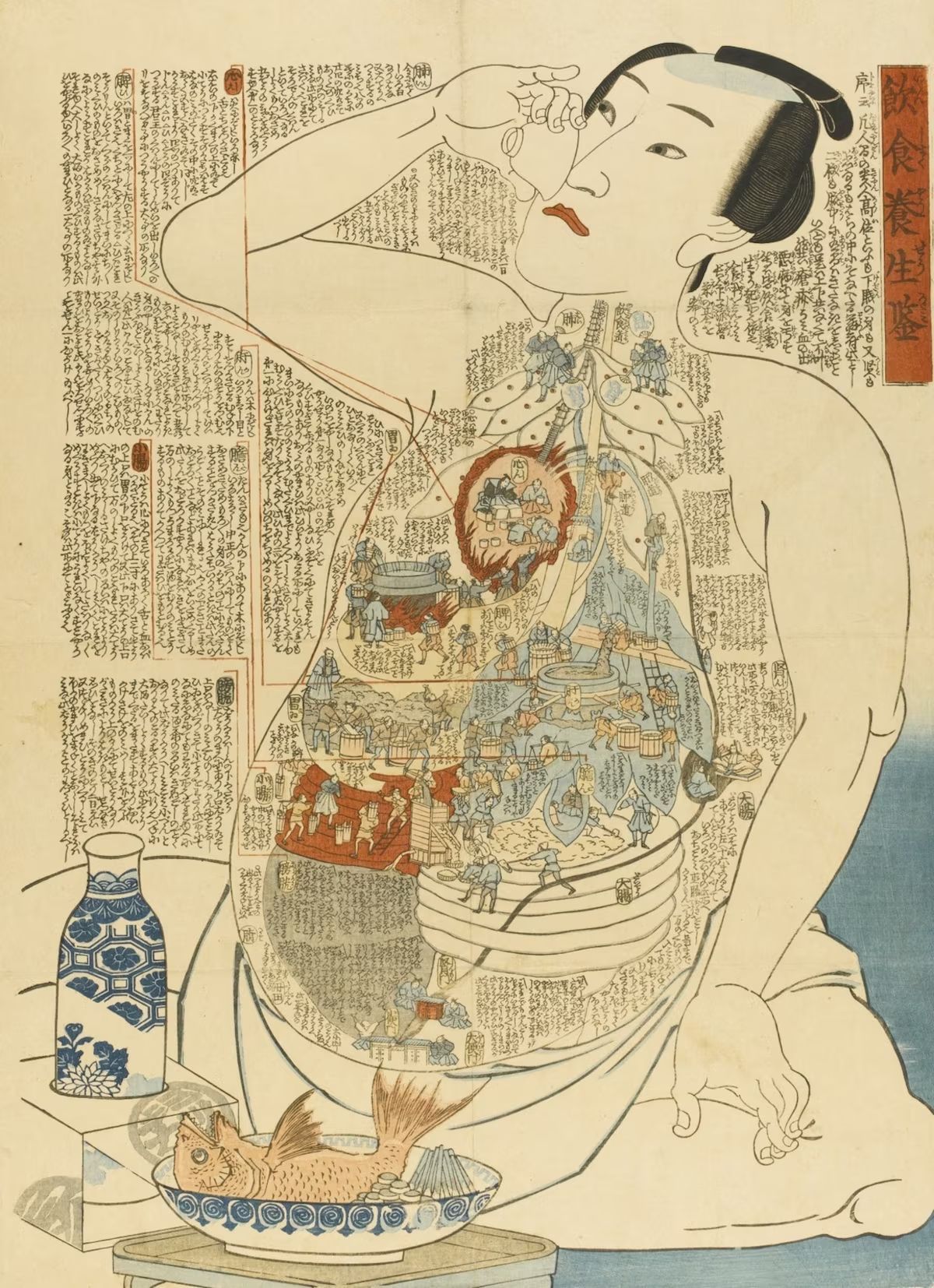Shishi lions japanese sleeve
Shishi lions japanese sleeve – Japanese tattoo sleeve showing couple of Shishi lions and peony flowers. Final touch up session will be done in few weeks, can’t wait!
Chinese guardian lions or Imperial guardian lions , often called “ Foo Dogs ” in the West, are a common representation of the lion in imperial China. Chinese guardian lions are sometimes referred to in English as shishi (ShiShi Lion and chrysanthemum japanese tattoo), from the Chinese shí shī ( Chinese : 石獅 ; pinyin : shíshī ; literally: “stone lion “) as seen in Wikipedia.
Irezumi , the traditionial Japanese tattoo , borrows its extensive iconography from mainly Edo period (1603-1868) Japanese art and culture. There are of course many exceptions to this rule of the influences, but to wander outside the Edo period parameters is best left alone until a thorough understanding of the complex pattern of the historical relationships is achieved. For the student of Irezumi that wants to delve deeper into the vast pantheon of gods, Buddhas, warriors and the seemingly never ending parade of imaginary or real animal characters, the Shishi (Chinese imaginary lion) is a good example of how confusing things can become if you don’t grab every opportunity to research your subject matter. The Shishi was originally imported from Chinese art and is a fanciful rendition of a mythical being. In fact there were never any lions in historical China or Japan. The Shishi is easily recognized by its bulging eyes and curly mane and tail. The hide often shows large round spots in contrast to its principal skin color. Sometimes the Shishi is blue with a golden mane and tail and sometimes brownish with greens. The variations are many and there doesn’t seem to be a rule of specific coloring. I have seen many different versions and I believe that when used in Irezumi it is best if the color is one that compliments the surrounding flowers and background. Then one decides on a contrasting tone for the mane and tail. The Shishi is one of the five auspicious animals alongside the Ryu (dragon), Koi (carp), Tora (tiger) and Ho-o (mythical bird). It is commonly tattooed together with Botan (peony) and this combination forms a set piece called Kara-jishi Botan. During the Edo period this motif was a highly popular one, especially for Kakejiku (hanging scroll paintings).
In China the lion is the king of felines and defender of law. It’s a symbol of power, success and strength. The female Shishi loves her offspring but she also tests their vitality and toughness by throwing them over the edge of a cliff. This is also a common design in Kakejiku.
The peony is also an import from China where it was regarded as the king of flowers. It was thought to bring about prosperity and was commonly applied for medicinal use through various concoctions. Since it also was a common theme in the tattoos of the bandit heroes of the classic Chinese novel Suikoden
(Water Margin), it has also come to symbolize a devil-may-care attitude. This novel was successfully illustrated through japanese woodblock prints in between 1827 and 1830 by Utagawa Kuniyoshi
(1797-1862). This series of prints became hugely popular with the commoners of Edo at the time and is one of the foundations for the rapid development of the traditional Japanese tattoo and gain in popularity during that time period.
Some Buddhist deities are associated with the Kara-shishi, most notably Monju Bosatsu
. This is the Boddhisattva of the words that make up the Buddhist canon and also the protector and aid of anyone immersed in the effort of serious studying. Monju sits upon a Shishi holding a scroll and brandishing a sacred sword and just like the lioness Monju loves and protects the young but at the same time places great challenges in their path.
The Shishi is also commonly found, in pairs, guarding the entrances of many shrines and Buddhist temples in Japan against evil things and spirits.This is however a source of confusion since even though both guardian animals look alike only the one to the left is in fact a Kara-shishi. The one to the right is instead a Koma-inu
(Korean dog) due to the fact that the idea of this fantastic animal was imported from China via Korea.
Shishi lions japanese sleeve by George Bardadim, Tattoo Artist, based in NYC. Resident Artist at Tattoo Culture, Brooklyn.


